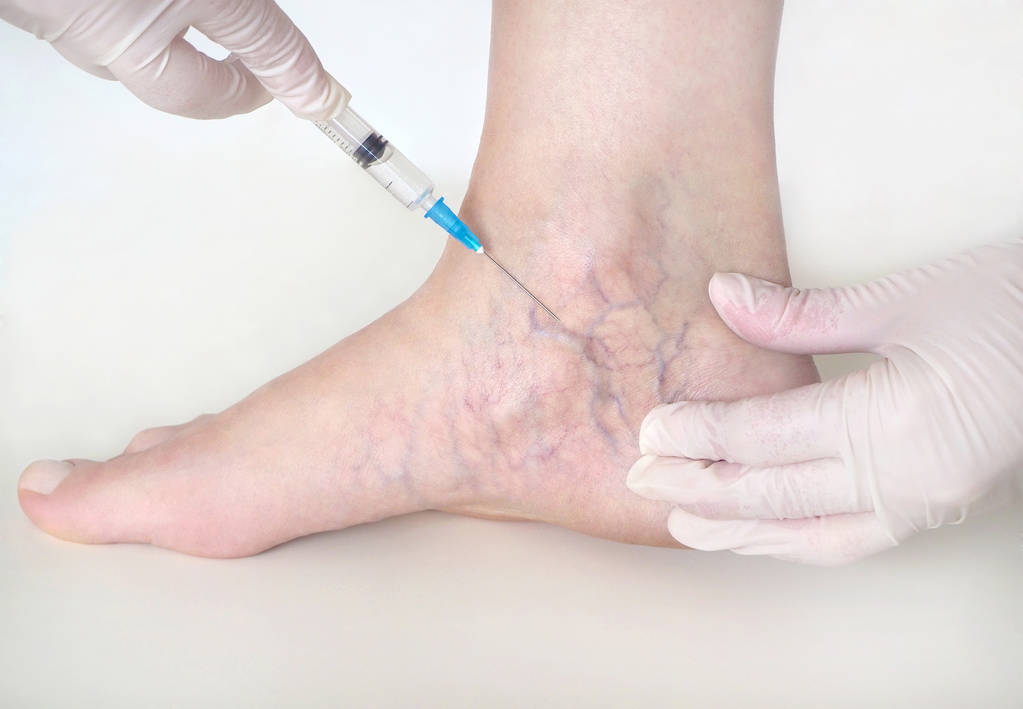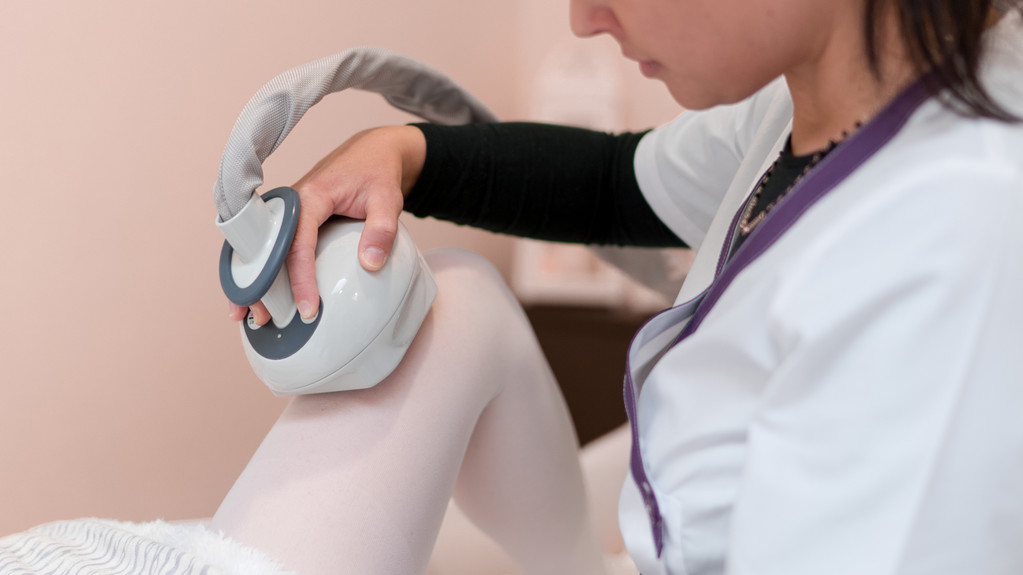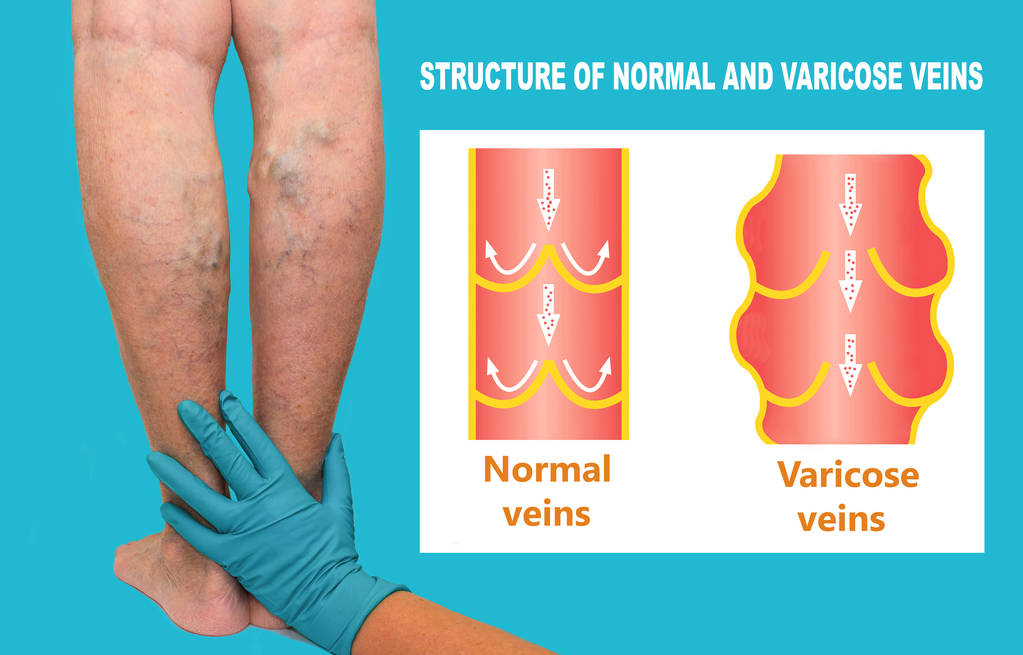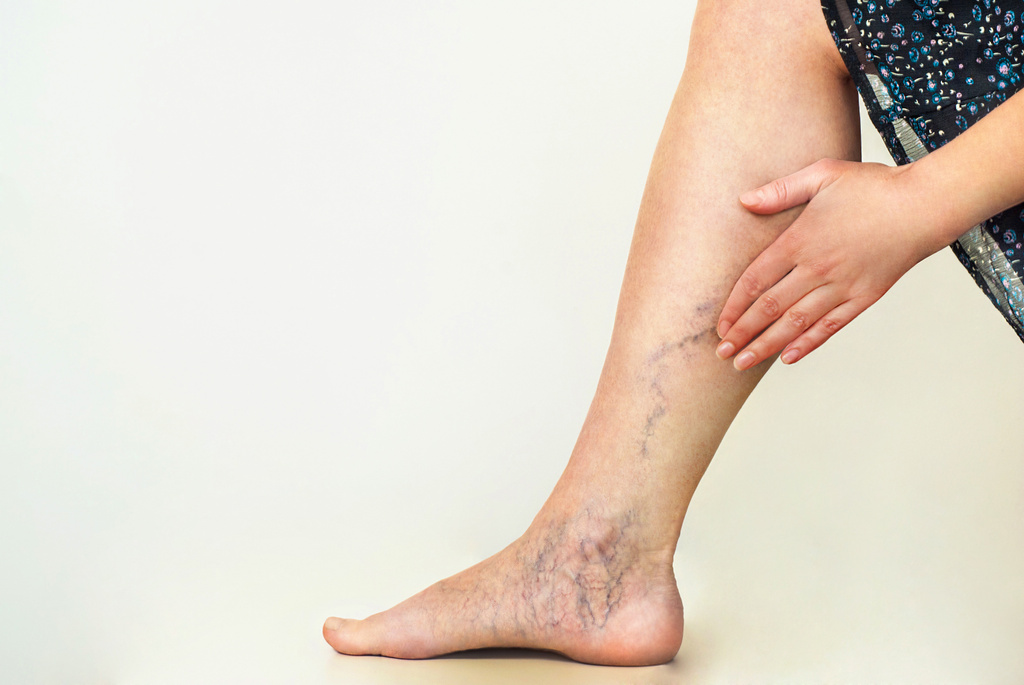Varicose veins are enlarged, twisted veins that can cause discomfort, swelling, and pain. While they can be a cosmetic concern, they may also signal deeper vein issues, particularly in cases of chronic venous insufficiency. Fortunately, there are various Varicose vein treatment options available to manage varicose veins, ranging from minimally invasive procedures to more advanced medical interventions. Two of the most popular treatments for varicose veins are sclerotherapy and laser therapy.
-
Sclerotherapy: A Tried and Tested Solution

Sclerotherapy has been a widely used treatment for varicose veins, especially for smaller and spider veins. This minimally invasive method involves injecting a sclerosing solution into the affected vein, which irritates the inner lining, causing the vein to collapse and gradually be absorbed by the body.
How it works:
- The solution injected into the vein causes the vein to scar and close off.
- Blood is rerouted, and the treated vein gradually fades from view over a few weeks.
- The procedure is done on an outpatient basis and usually takes less than an hour, depending on the number of veins being treated.
Advantages:
- Non-surgical and quick recovery: Sclerotherapy is a relatively simple procedure that doesn’t require anesthesia or a lengthy recovery period.
- Effective for smaller veins: Sclerotherapy is particularly effective for treating spider veins, which are closer to the skin’s surface.
- Multiple sessions may be needed: While sclerotherapy is effective, multiple treatments may be required to achieve the best results, especially for larger veins or more severe cases.
Considerations:
- Side effects: Patients might encounter minor side effects like bruising, redness, or swelling. In rare instances, some individuals could experience allergic reactions or changes in skin pigmentation.
- Results: Results are not immediate, and it may take several weeks or months for the veins to fully disappear.
-
Laser Therapy: A Modern Approach to Vein Treatment

Laser therapy, or endovenous laser therapy (EVLT), is a newer, minimally invasive treatment option that has become increasingly popular for treating varicose veins at clinics like Laserway On Davey. Laser therapy closes off the damaged vein, causing it to fade over time.
How it works:
- A small laser fiber is inserted through a small incision. The laser heats the vein’s interior, causing it to collapse and close off.
- Blood is rerouted to surrounding healthy veins, and the treated vein is absorbed by the body.
- Like sclerotherapy, laser therapy is an outpatient procedure that can be completed in less than an hour.
Advantages:
- Precision: Laser therapy is highly effective at targeting larger varicose veins, particularly those that lie deeper beneath the skin’s surface.
- Minimal downtime: Most patients recover within 24 to 48 hours, with minimal discomfort.
- No needles or chemical injections: Unlike sclerotherapy, laser therapy does not involve the use of injections, which can be a plus for patients who are sensitive to needles.
Considerations:
- Cost: Laser therapy tends to be more expensive than sclerotherapy due to the equipment and technology involved.
- Mild discomfort: Some patients may experience temporary bruising, skin discoloration, or tightness around the treated area.
-
Choosing the Right Treatment

When exploring varicose vein treatment, it is crucial to consult with a healthcare provider. Factors like the size and location of the veins, the severity of the condition, and your overall health will influence the choice of the most suitable treatment.
- Sclerotherapy is ideal for smaller veins and spider veins, offering a quick and effective solution for minor cases.
- Laser therapy is better suited for larger, deeper varicose veins that require more precision and stronger intervention.
In some cases, a combination of treatments can achieve the best results. For example, laser therapy may be used for larger veins, followed by sclerotherapy to treat any smaller veins that remain visible.
Conclusion
Modern medical advancements, including sclerotherapy and laser therapy, offer a variety of treatment options for individuals with varicose veins. Each technique has its advantages and can be customized to suit the specific needs of the patient. Consulting with a qualified healthcare professional is vital in choosing the best treatment for optimal results in both appearance and comfort.
